Some children with autism or other disabilities experience discomfort or pain when exposed to sound frequencies or levels of loudness. Using various tools as part of a broad sensory-based intervention can help with self-regulation and calming during sensory overload.
Tips on Oral Motor Tools
How do you know which chewy to select? The most important thing to remember is to pick a chewy the student will want to use. Each person’s sensory system has preferences related to texture, pliability, and shape.
4 Considerations for Chewy Oral Motor Tools
- Always use under adult supervision.
- Choose a chewy that’s safe for the child, ensuring cords, necklaces, or holders do not present a strangulation risk.
- To be most effective, the chewy should reach the muscles in the back of the mouth.
- If used for self-regulation or strengthening, choose something easily accessible that can be used more frequently. A safe holder will make it more likely that the child will have the chewy with them when they need it most.
Shop All Oral Motor Sensory Processing Tools
Tips on Listening Skills & Auditory Processing
Research suggests that for many children with autism, vision and hearing are out of sync. This can be overwhelming and lead to fatigue when someone is speaking to them, as the mouth movements of the speaker don’t match the speech sounds they hear (imagine a movie one language dubbed into a different language).
Other students may react to busy school activities, like hallway transitions between classes or a pep rally in the gym. These sounds can put their nervous system into a high alert mode.
Here are 5 tips to help with auditory processing:
- When giving verbal instructions, lower the number of sequential steps. Instead of 4 steps, give 2, making sure the child is successful with these steps before adding 2 more.
- Try slowing your rate of speech. Conversational speech is around 110-150 words per minute.
- Use visual cues to supplement verbal instructions.
- A WhisperPhone or similar voice-saving tool may enhance verbal instruction and on-task behavior.
- Try using noise-reduction headphones for children with sound sensitivity.
Tips on Language & Communication
AAC (Augmentative Alternative Communication) or SGDs (Speech Generating Device) are assistive technologies that help maintain or increase the ability of a person with disabilities to participate in activities.
The use of communication apps for smartphones and other app-based devices has enhanced accessibility and is quickly becoming a part of universal learning design. Low or no-tech solutions are also still useful tools when technology is not an option.
Shop All Language & Communication Tools
More Sensory Processing Tools and Ideas
For more sensory processing tools and and other sensory ideas for students, be sure to stop by our online store to find hundreds of high quality tools and supplies from School Specialty.

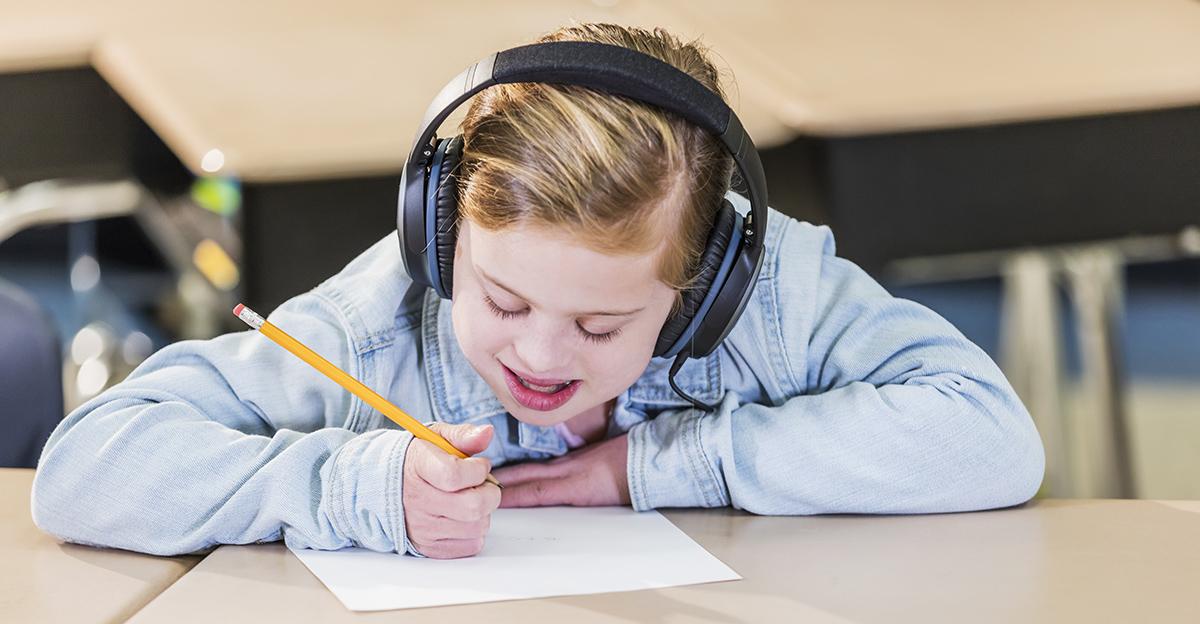


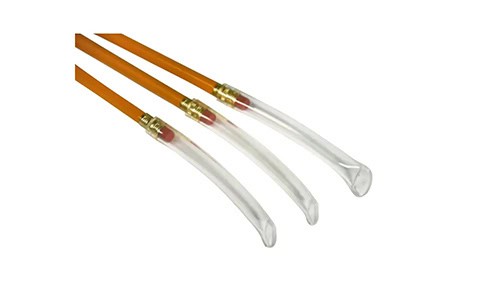
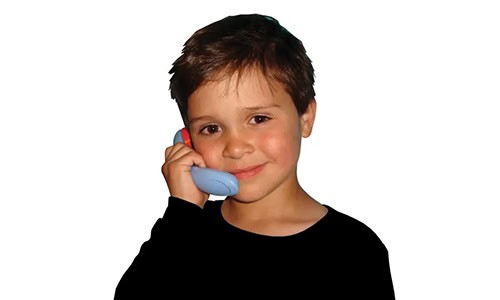

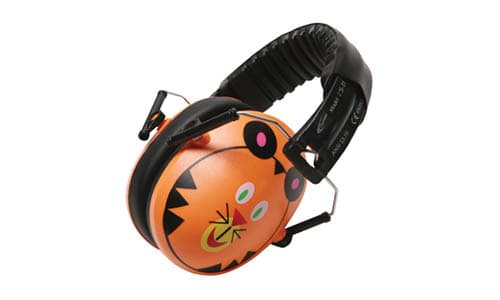
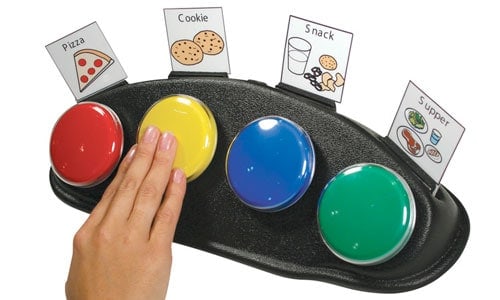
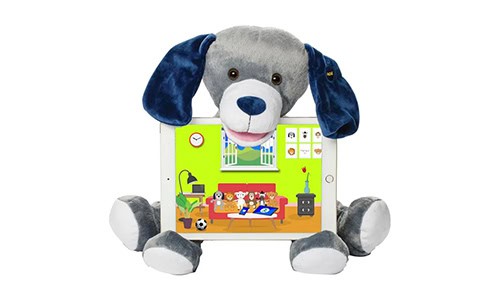
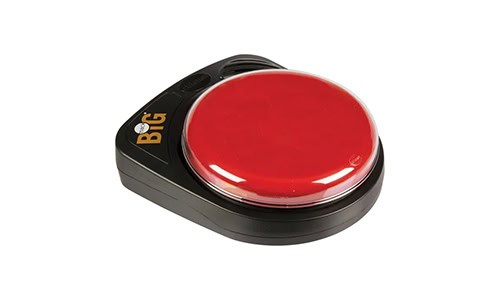



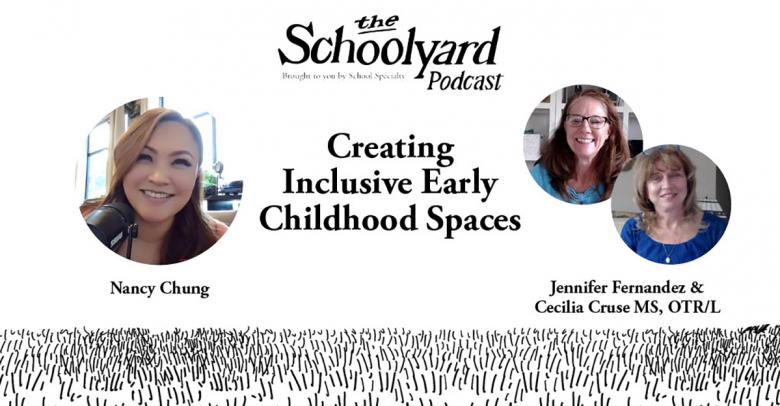
Leave a Reply